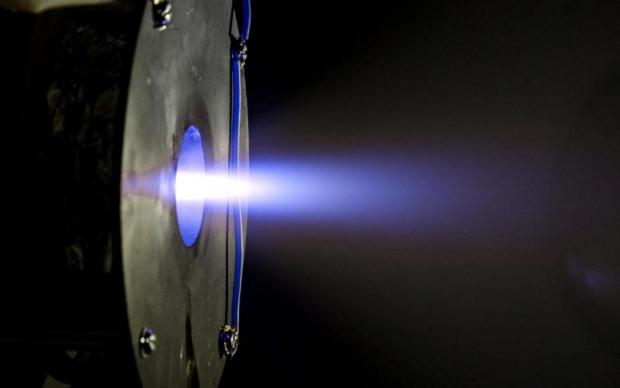
Breaking News
 Bitcoin on a Prepaid Card? Moon Inc. Raises $8.8M to Make It Happen in Asia
Bitcoin on a Prepaid Card? Moon Inc. Raises $8.8M to Make It Happen in Asia
 The Rise of the Thielverse and the Construction of the Surveillance State (w/ Whitney Webb)
The Rise of the Thielverse and the Construction of the Surveillance State (w/ Whitney Webb)
 Cameco, Nuclear Names Soar After US Government Invests $80BN In Nuclear Reactors
Cameco, Nuclear Names Soar After US Government Invests $80BN In Nuclear Reactors
 Corporate Layoffs Spike As Companies Prepare For Tariff Shocks
Corporate Layoffs Spike As Companies Prepare For Tariff Shocks
Top Tech News
 Graphene Dream Becomes a Reality as Miracle Material Enters Production for Better Chips, Batteries
Graphene Dream Becomes a Reality as Miracle Material Enters Production for Better Chips, Batteries
 Virtual Fencing May Allow Thousands More Cattle to Be Ranched on Land Rather Than in Barns
Virtual Fencing May Allow Thousands More Cattle to Be Ranched on Land Rather Than in Barns
 Prominent Personalities Sign Letter Seeking Ban On 'Development Of Superintelligence'
Prominent Personalities Sign Letter Seeking Ban On 'Development Of Superintelligence'
 Why 'Mirror Life' Is Causing Some Genetic Scientists To Freak Out
Why 'Mirror Life' Is Causing Some Genetic Scientists To Freak Out
 Retina e-paper promises screens 'visually indistinguishable from reality'
Retina e-paper promises screens 'visually indistinguishable from reality'
 Scientists baffled as interstellar visitor appears to reverse thrust before vanishing behind the sun
Scientists baffled as interstellar visitor appears to reverse thrust before vanishing behind the sun
 Future of Satellite of Direct to Cellphone
Future of Satellite of Direct to Cellphone
 Amazon goes nuclear with new modular reactor plant
Amazon goes nuclear with new modular reactor plant
 China Is Making 800-Mile EV Batteries. Here's Why America Can't Have Them
China Is Making 800-Mile EV Batteries. Here's Why America Can't Have Them
Plasma Thrusters Ran at 500% Beyond Old Power Limits

His team challenged ran a 9 kilowatt-rated Hall thruster at up to 45 kilowatts while maintaining roughly 80% of its nominal efficiency. This increased the amount of force generated per unit area by almost a factor of 10.
Hall thrusters are a well-proven technology. Previously, making larger and more powerful Hall thrusters would lose any higher power benefits from the higher mass. It turns out the old limit was not physics-based limits but engineering issues.
Now super-powered Hall Thrusters have a path to be made light and powerful enough to power high ISP megawatt propulsion.
Hall thrusters are able to accelerate their exhaust to speeds between 10 and 80 km/s (1,000–8,000 s specific impulse), with most models operating between 15 and 30 km/s. Old devices operated at 1.35 kW produce about 83 mN of thrust. High-power models have demonstrated up to 5.4 N in the laboratory. Power levels up to 100 kW have been demonstrated for xenon Hall thrusters. The new systems could achieve 40-100 newtons of power at megawatt power levels with up to 8000 ISP (80 km/second).
There will still be a need to create megawatts of light solar panels or megawatt-class space vehicle-class nuclear power sources.
As of 2009, Hall-effect thrusters ranged in input power levels from 1.35 to 10 kilowatts and had exhaust velocities of 10–50 kilometers per second, with thrust of 40–600 millinewtons and efficiency in the range of 45–60 percent.

 China Innovates: Transforming Sand into Paper
China Innovates: Transforming Sand into Paper

